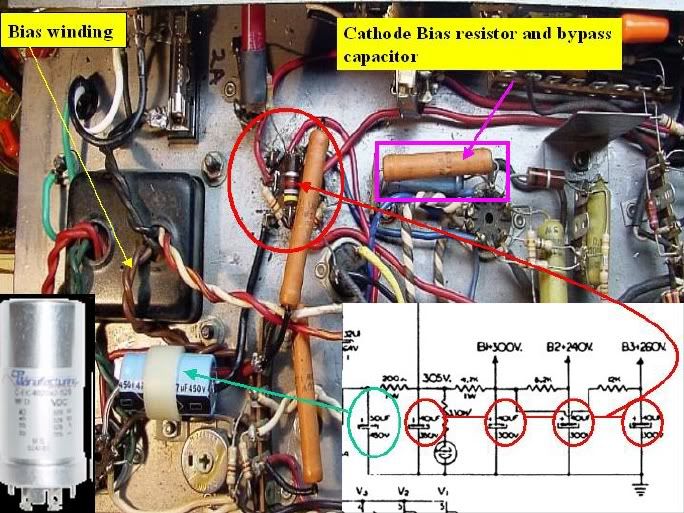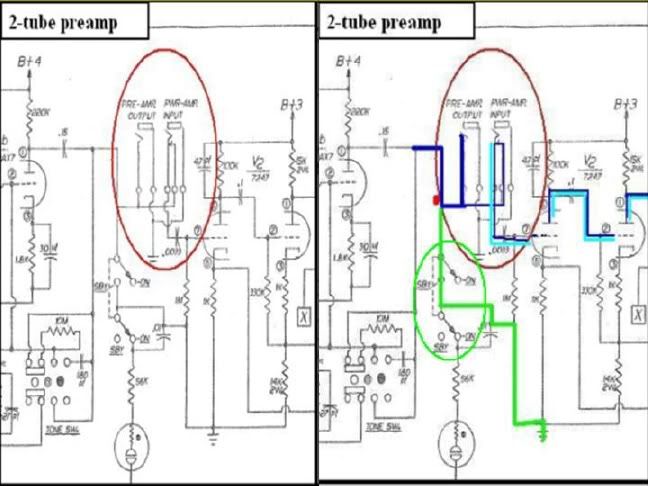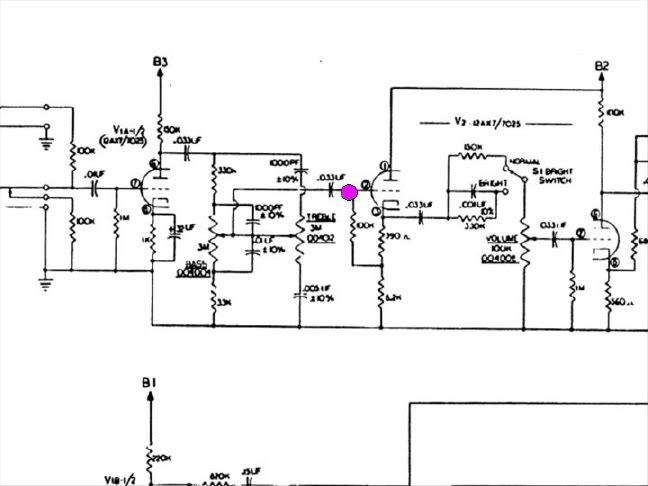fearless
Member
I've got a 65 Thunder 1 in "tired" condition - the one with the gold grille cloth. It fires up but just hisses and crackles and has been that way since I bought it years ago and confined it to a corner. I'm now selling my other gear and need to either buy something like a Peavey Classic 30 or fix the Guild.
I am assuming it will need lots of capacitors replaced and new tubes. Maybe a new speaker (although I'd like to keep the original if possible). What sort of budget am I looking at to fix it up (a) parts, (b) time and (c) how hard is it, really?
I'm not a complete electronics novice - I know how to solder properly, have a decent soldering iron and multi-meter, but I don't really know anything about amp schematics and what they mean.
I've seen the excellent advice given to assist others fix up their old Guild amps here, but I'm a bit more of a novice than the folks I've seen getting tips here.
Can anyone be bothered to give "An Idiots Guide to fixing up a 35 year old Guild Thunder One" type coaching?
I am assuming it will need lots of capacitors replaced and new tubes. Maybe a new speaker (although I'd like to keep the original if possible). What sort of budget am I looking at to fix it up (a) parts, (b) time and (c) how hard is it, really?
I'm not a complete electronics novice - I know how to solder properly, have a decent soldering iron and multi-meter, but I don't really know anything about amp schematics and what they mean.
I've seen the excellent advice given to assist others fix up their old Guild amps here, but I'm a bit more of a novice than the folks I've seen getting tips here.
Can anyone be bothered to give "An Idiots Guide to fixing up a 35 year old Guild Thunder One" type coaching?



